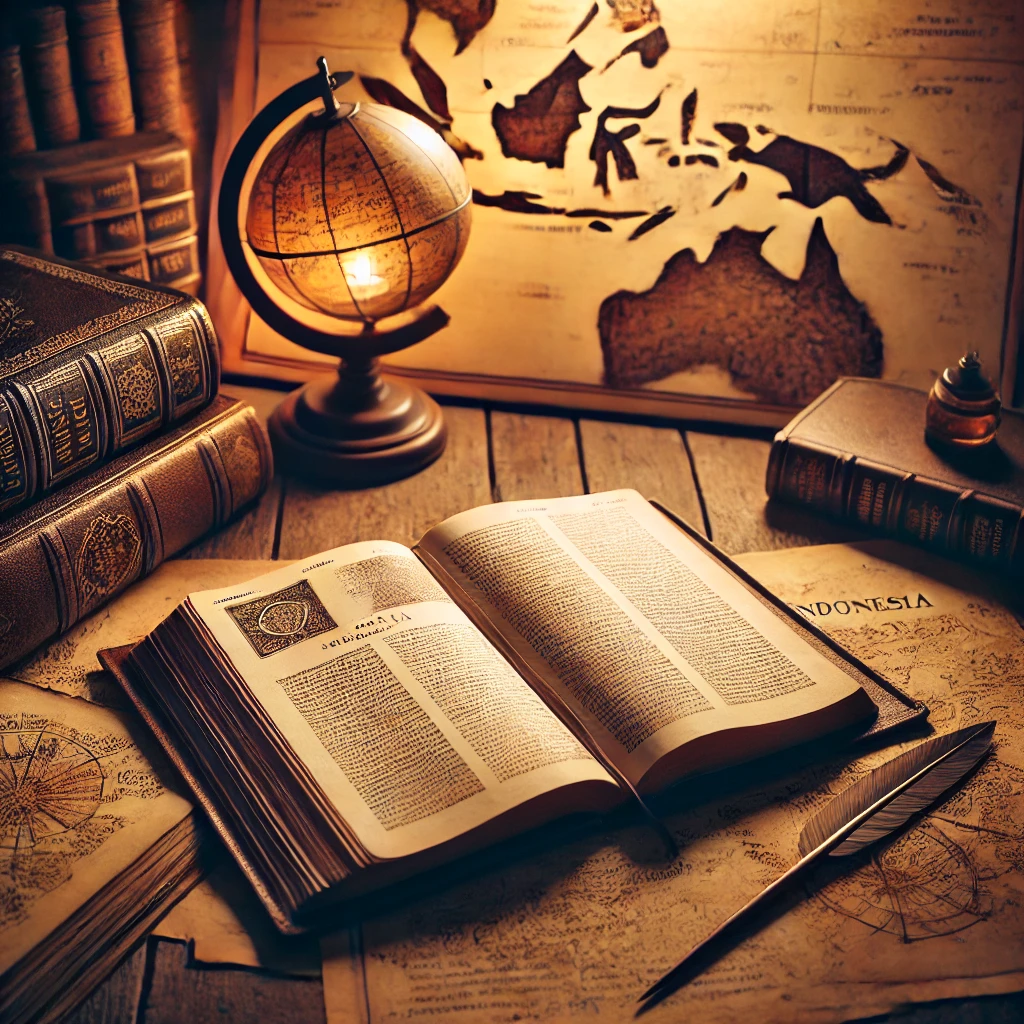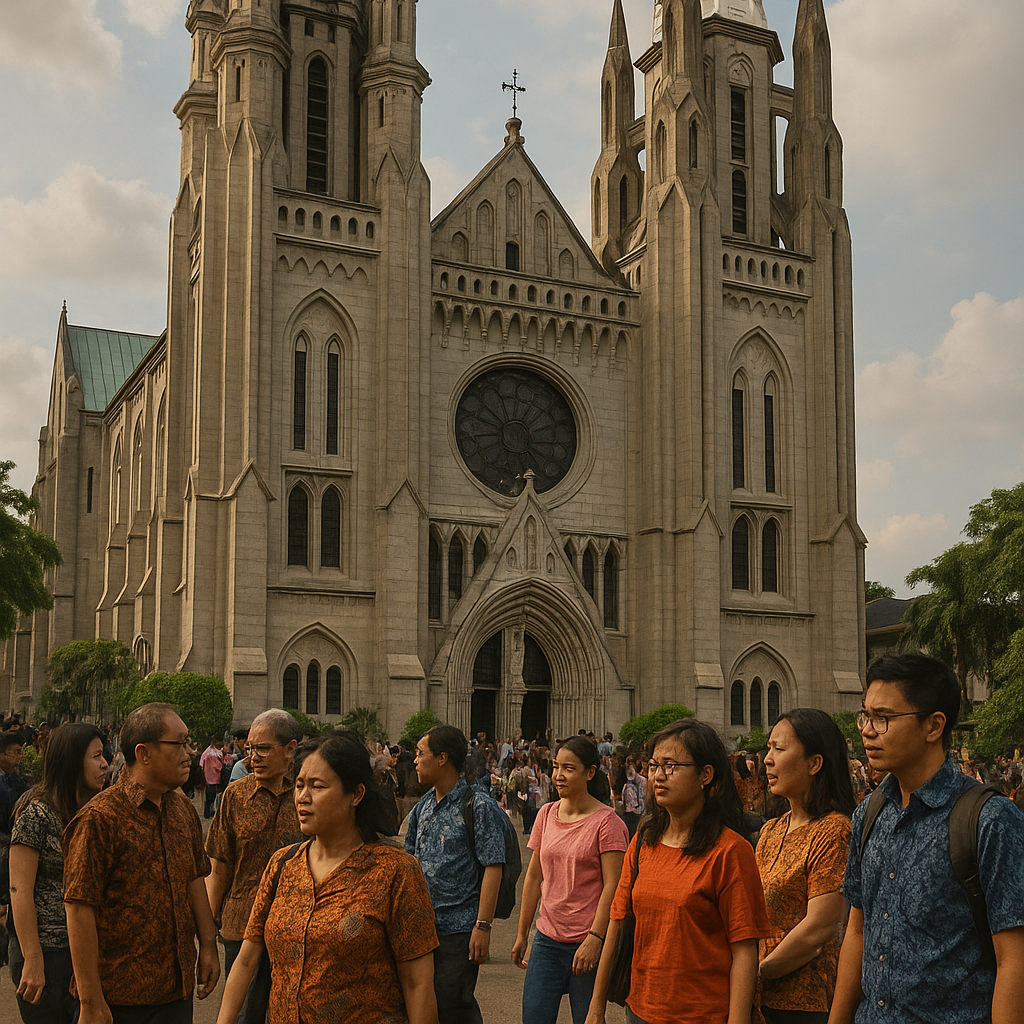The History of Bible Translation into Malay and Indonesian
theolingua.id – Reading the Bible is an important part of the spiritual life of Christians. However, did you know that the process of producing the Bible in Indonesian today has been a long and challenging journey? Since the Dutch colonial era, the translation of the Bible has been a major undertaking involving many figures and institutions with the aim of making God’s word accessible to more people in the archipelago. This process not only reflects language development, but also the social and political dynamics that have taken place over the ages.
The translation of the Bible into Malay, which later developed into Indonesian, played a crucial role in the history of Christianity in Indonesia. From the first attempts in the 17th century to the modern translations of today, this journey has been full of challenges, both linguistically and technically. The following is a history of Bible translations into Malay/Indonesian over time.
The Gospel of Matthew Ruyl Translation (1612-1629)
The first translation of a Bible passage into Malay was done by a Dutch merchant named Albert Cornelisz Ruyl. He arrived in the archipelago at the beginning of the 17th century and began translating the Gospel of Matthew. Malay had by then become the lingua franca in the archipelago, the Malay Peninsula, and the Philippines, making it very strategic for use in spreading the Bible.
Ruyl completed the translation of the Gospel of Matthew in 1612, just a year after the King James version of the Bible in English was published. However, the first printing was not done until Enkhuizen, the Netherlands, in 1629. This Bible was printed in a bilingual format, Malay-Dutch, so that it could be widely used by missionaries and local residents.
According to records from The British and Foreign Bible Society and the United Bible Societies, Ruyl’s translation of Matthew was an important milestone in the history of Bible translation, as it was the first time that a part of the Holy Scriptures was translated into a non-European language for the purpose of spreading the gospel. Until now, the original manuscript of Ruyl’s translation is still kept at the Württembergische Landesbibliothek, Stuttgart, Germany, and at the British Museum, London.
The Complete Bible in Malay (1733)
After Ruyl, the work of translating the Bible into Malay was continued by several other figures, including Rev. Dr. Melchior Leijdecker. Leijdecker was a Dutch theologian and doctor who had expertise in languages and aimed to provide the Bible in a language that was more understandable to the people of the archipelago. This effort received the full support of the Vereenigde Oost-Indische Compagnie (VOC), which had an interest in spreading Christianity in its colonies. In addition, requests from churches in Batavia also helped accelerate the translation process.
After going through various revisions and refinement efforts, in 1733, the full version of the Bible in Malay was finally published by the Nederlands Bijbelgenootschap (NBG) in Amsterdam. This translation became one of the important milestones in the history of the Bible’s spread in the archipelago. Although it still used classical Malay influenced by Dutch and Portuguese elements, this Bible remained the main reference for Christians in the Dutch East Indies until the 19th century. Its existence also contributed to the development of Malay as the main language of communication across cultures in the region.
The Role of the Bible Society in Bible Translation
During the British occupation, Lieutenant Governor General Thomas Stamford Raffles initiated the formation of the Bible Society in Batavia on 4 June 1814. This organisation was originally called the Java Auxiliary Bible Society and was a branch of the British Bible Society. However, after the Dutch returned to power in 1816, its name was changed to the Nederlands Oost-Indisch Bijbelgenootschap (NOIB) or Batavian Bible Society.
After Indonesian independence, in 1954, the Indonesian Bible Institute (LAI) was officially established. Initially, the Bible printing was still in collaboration with the Dutch Bible Institute, but in 1966, LAI established its own printing house in Ciluar, Bogor, so that Bible production could be carried out independently.
The Bible Translation Process and Its Challenges
Bible translation is not an easy task. The process takes between 15 to 20 years for one language, at a cost of around 1.7 billion rupiah. Every word, sentence, and verse must be translated with great care, referring to the original languages, Hebrew, Greek, and Aramaic.
Until 2017, the LAI had translated the Bible into 33 tribal languages in Indonesia. However, this is still far from enough considering that Indonesia has around 742 local languages.
Current Indonesian Bible Translation
Currently, the translation of the Old Testament in Indonesian refers to the manuscript of Hillebrandus Cornelius Klinkert (1879), which is known as one of the most influential translations of the Bible in its time. Klinkert, who had a background as a missionary and linguist, attempted to translate the Bible by considering the structure and vocabulary that was more easily understood by the Malay people at that time.
Meanwhile, the New Testament in Indonesian refers to the handwritten manuscript of Rev. Werner August Bode which was completed in 1935 and published in 1938. Bode’s translation became an important foundation in the development of the Indonesian Bible because it used a more modern linguistic approach than its predecessors. With the growing development of Indonesian as a national language, various revisions and refinements continue to be made to ensure that the Bible translation remains relevant to its readers.
Valuing God’s Word in Our Language
After seeing how long the history of Bible translation has been, we can better appreciate its existence in the language we use every day. The translation process is not just a linguistic endeavour, but also reflects the perseverance, dedication, and sacrifice of many people who want to ensure that God’s Word can be understood by more people. Every translated word contains a history and a long struggle that we should appreciate.
The Indonesian Bible is the result of hard work that has lasted for centuries, involving various parties from different backgrounds. Therefore, let us be more active in reading and internalising God’s Word in our daily lives, while remembering that the scriptures we have today are the fruit of the perseverance of previous generations who wanted to bring light to many people.





